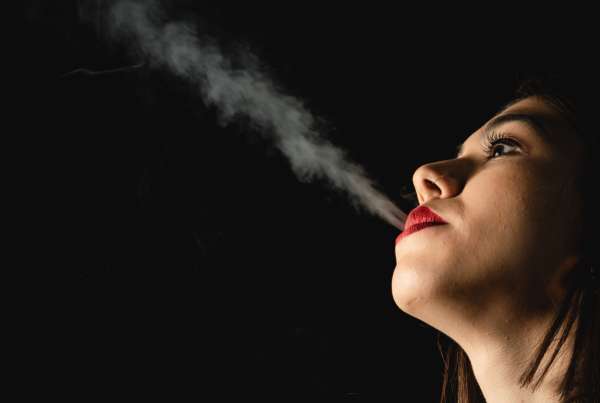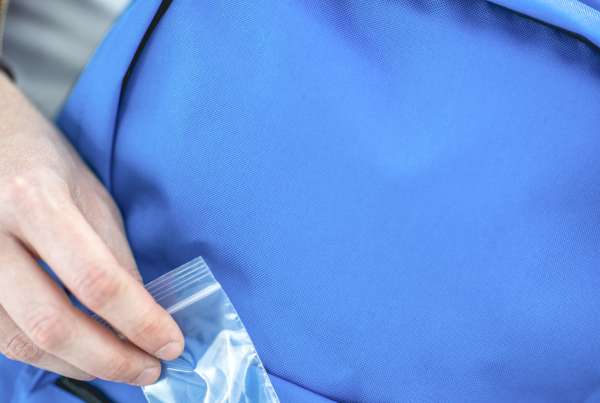Substance abuse is an issue for adolescents in general, but it is, even more, concerning among LGBT youth. This portion of the population sees alarmingly higher rates of substance abuse and addiction than heterosexual youth, in large part because of the many additional stressors experienced by these teens. Family conflict, bullying and difficulty belonging can all contribute to substance abuse and dependency. It is important for LGBT teens struggling with substance abuse find support and treatment at an adolescent residential rehab center where their sexuality can also be explored comfortably.
Statistics Open Eyes
Studies involving substance abuse among LGBT adolescents have resulted in some eye-opening statistics. According to a meta-analysis performed by researchers at the University of Pittsburgh in 2008, lesbian, gay and bi-sexual students were 190 percent more likely to abuse drugs or alcohol. Bi-sexual teens were 340 percent more likely to experience substance abuse while lesbian teens were 400 percent more likely to struggle with substance abuse.
A Youth Survey from the Human Rights Campaign Foundation and Partnership for Drug-Free Kids found that LGBT young adults are 1.3 times more likely to participate in heavy alcohol use, 1.6 times more apt to use marijuana, 2.9 times more time more likely to use injection drugs and 3.3 times more likely to use cocaine. LGB girls appeared to have a higher risk factor for substance abuse than boys in this category.
Cause and Effect
There are many possible reasons why substance abuse is so much higher among LGBT teens. Some of those factors might include:
Family Conflicts and Rejection – When sexual orientation and gender identity take their toll on family relationships, the teens at the center of the conflict are often the ones that suffer the most. The Youth Survey found that less than half of LGBT teens felt like they had an adult they could turn to for any type of help, versus 79 percent of heterosexual teens. Researchers at San Francisco State University found that substance abuse decreases among LGBT youth in direct proportion to the family’s acceptance of their sexualc orientation and gender identity.
Bullying and Harassment – LGBT youth are more likely to face bullying at school and in other places, whether it is face-to-face or online through social media. In 2011, approximately 21 percent of all hate crimes involved the victim’s sexual orientation. The Centers for Disease Control and Prevention (CDC) found that in seven states between 2001 and 2009, LGB students threatened or injured with a weapon on school property ranged from 12-28 percent.
Discrimination – Minority stress is another issue for many LGBT youth, as many of them are harassed by peers and rejected by their own families. Even those that were not harassed directly may be affected by negative messages they see and hear about their sexual orientation in the media. Even when they received positive support and affirmation from those closest to them, the general attitudes in today’s society about LGBT men and women can create stress and tension in their lives.
Violence and Victimization – LGBT teens are also frequent victims of various types of violence. In 2001, a report by Human Rights Watch stated, “Gay youth spend an inordinate amount of energy plotting…how to become invisible so they will not be verbally or physically attacked…No child should have to go to school in survival mode.” The CDC found that gay and lesbian students are also more likely to be victims of dating violence and are more frequently forced into sexual intercourse at some point during their lives.
Peer Influence – LGBT teens, like all teens, feel a strong urge to fit in with their peers. Unfortunately, because LGBT youth tend to bond together, the incidence of substance abuse continues to spread among this population. When these adolescents find other teens to befriend, they are often more willing to try and use substances to “fit in” than heterosexual teens.
LGBT and Mental Illness
Another factor working against LGBT adolescents is the high incidence of mental illness among this population. The constant stress these teens face can lead to anxiety, depression and other mental disorders. The Institute of Medicine has noted that while the majority of LGBT teens are happy and well-adjusted, there is a higher rate of mental health problems among these kids. They are also more likely to attempt suicide at a rate 2-7 times higher than the heterosexual population.
Research has also found LGBT adolescents are more likely to:
- Experience feelings of sadness or hopelessness (19.3-29 percent for heterosexual students vs. 288-52.2 percent of LGB teens)
- Seriously consider suicide (9.9-13.2 percent of heterosexual students vs. 18.8-43.4 percent of gay and lesbian students)
- Attempt suicide one or more times (3.8-9.6 percent of heterosexual teens vs. 15.1-34.3 percent of gay and lesbian teens)
Researchers have also found that the fact that these teens are LGBT is not necessarily the catalyst that increases their risk for mental health disorders. In many cases, it is the reaction to their gender identity and sexual orientation from others that leads to the serious symptoms of mental illness.
Effective Treatment
Helping LGBT youth overcome substance abuse and dependency can be infinitely more complex than helping heterosexual teens along that same road. Providing specific support and therapy for these adolescents in both their sexuality and their substance abuse is absolutely necessary in order for these kids to achieve successful, long-lasting sobriety. At the same time, the entire family unit must be supported to help everyone come to terms with the reality of the teen’s sexual orientation.
At Visions Adolescent Treatment Centers, we offer teens a safe space to walk through their process, whether they are coming out as gay or bisexual, transitioning or questioning their gender or sexuality. We also provide support to parents that are dealing with a parallel process as well as their own unique grieving process while a teen is in transition.
Our individualized approach to treatment at our adolescent residential rehab center allows us to meet all of our clients where they are at, gender or otherwise. We collaborate with leading professionals and specialists regarding gender identity issues and connect families with local resources and support groups to continue the therapeutic process after residential treatment. To learn more, contact Visions Adolescent Treatment Centers at 866-889-3665.
Originally posted on April 4, 2016 @ 11:39 am








